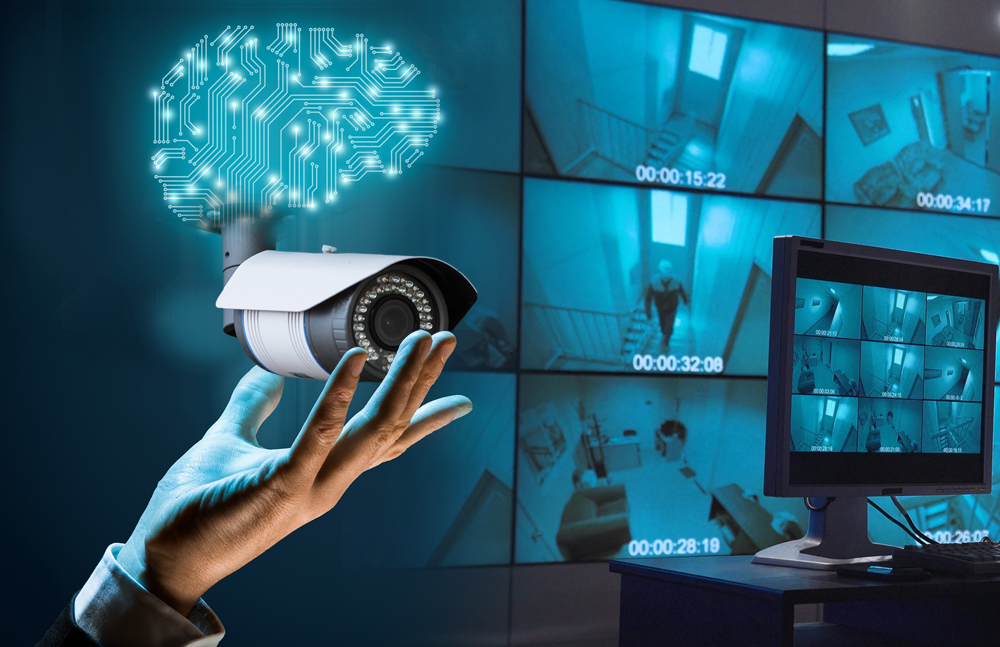How Technology Benefits My Life
One of the biggest benefits of technology in my life is using it for school. Specifically, the internet is an amazing tool that has helped me throughout my education. For example, there have been many times that I do not understand a topic in class, and I will turn to the internet – I can usually find a youtube video or website explaining the subject.
Another major benefit is my ability to connect and stay in touch with anyone through apps such as FaceTime, or messages. I am able to contact family members both close and far, hear their voice, and chat with them about our lives. This is only made possible because of how developed technology is today.
Outside of the family, social media and news outlets make it possible for me to communicate with and listen to almost anyone. Through social media on my iPhone, I can watch a video of the president speaking, sees a celebrities post, or listen to the opinions of other online individuals. While this access to easy communication has been normalized in my life, I have to remember that these technological developments are relatively new, and not something that my parents or grandparents grew up with.
One interesting way technology has recently benefited my life is by helping me find scholarships for college. School is expensive, and to help with the cost I have been working to find scholarships. However, for a while I felt overwhelmed. I did not know where to start, what to search, or how to write a winning essay. I ended up finding some influencers on TikTok who post about finding college scholarships and writing winning essays. Through their posts, I have already been able to create a list of scholarships that I plan on applying for. I also now understand where I should go look on to find scholarships, as well as how to construct my essays. The ability of technology to connect us to others and create a way to easily spread ideas is an example of one of the benefits that technology provides.
Negative impacts of Technology in my life
While technology has positively impacted my life, specifically through helping me in my education, it also has downsides. One of these main negative aspects to technology is addiction. I will admit that I find myself scrolling through social media more often than I would like.
According to the GoodRx Health website, people get addicted to social media for a couple reasons. First, social media is rewarding - it brings pleasure and enjoyment, causing users to want to continue scrolling. FOMO – or fear of missing out – also plays a role, and causes users to fear that they are missing out on something that everyone else is a part of. I can admit that these are both reasons that I like to use social media, and even what causes me to use social media too much. According to this source, social media use becomes an addiction when it starts to interfere with our daily lives. Personally, I do think social media has at times negatively interfered in my life. For instance, there have been times that I have scrolled through social media instead of getting school work done.
Ways to mitigate the negative impacts of technology
For me, one of the first steps I will take to better my relationship with technology is reducing the number of hours I spend on social media. According to this article by Forbes, limiting time on your phone allows you to have a better balance in terms of technology consumption in your life. For instance, the article suggests only using your phone between 10am and 6pm, and taking one day a week completely off your phone. Another great tip from the Forbes website is to turn on "do not disturb" when completing important tasks, such as studying. It is also good to turn on this feature when sleeping.
Yet another useful idea for creating a healthy relationship with technology is to unplug from screens when relaxing or unwinding. Personally, I often find that when I am tired, I will get on my phone as a way to take a break from school work. However, according to the source linked, unplugging from technology is a much better way to recharge yourself. For instance, it is more relaxing to get off your phone and do something like taking a walk, working out, or napping.
Conclusion
Technology is here to stay. Every day, the world of tech becomes more advanced, and continues to become an increasing part of our every day lives. There are benefits to technology, such as its ability to keep us connected and allow us to access tons of resources with a simple click. However, there are also negative impacts, such as addiction to social media. As a result, in my opinion it is best to understand how to create a healthy relationship with technology.





















